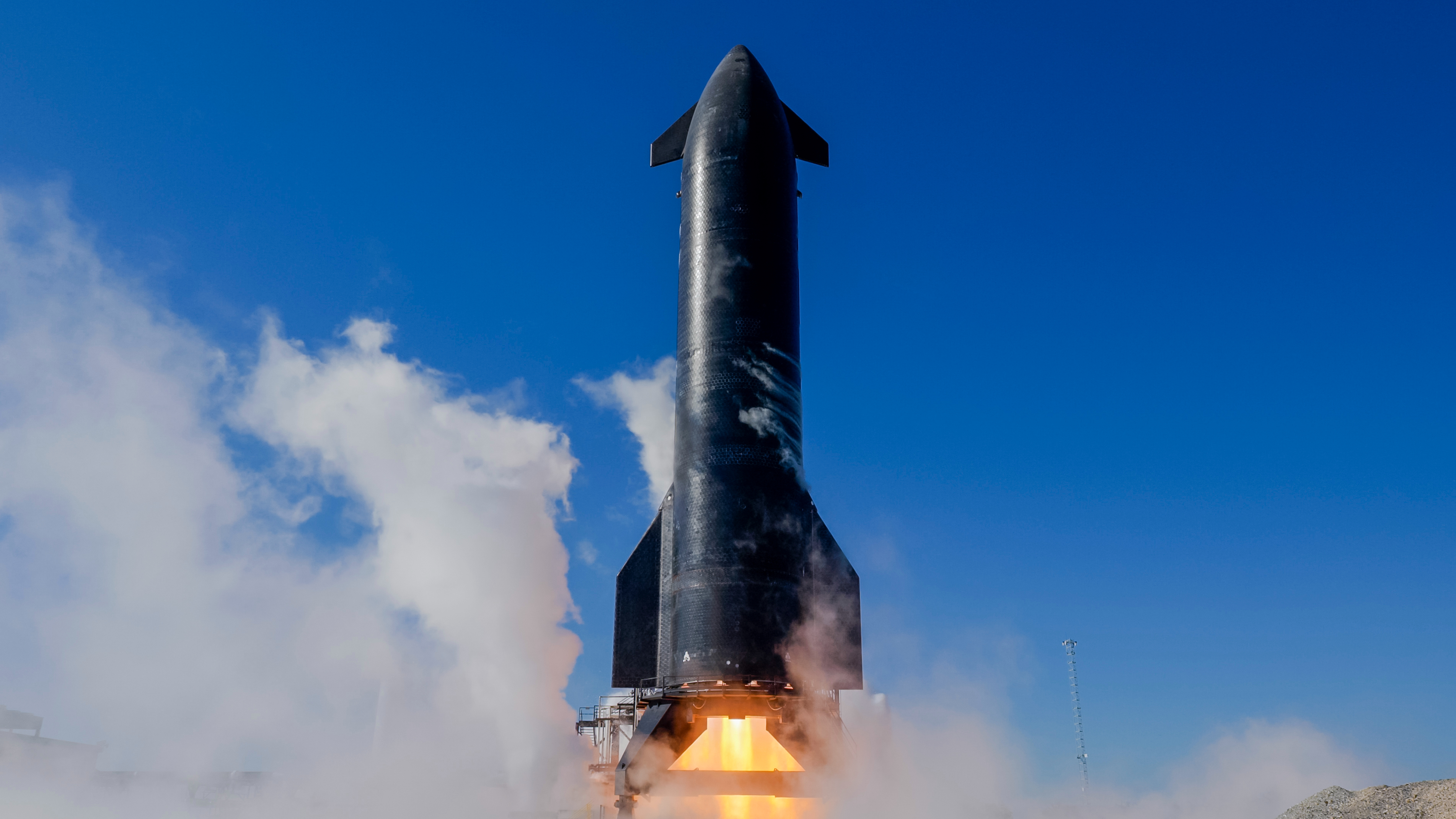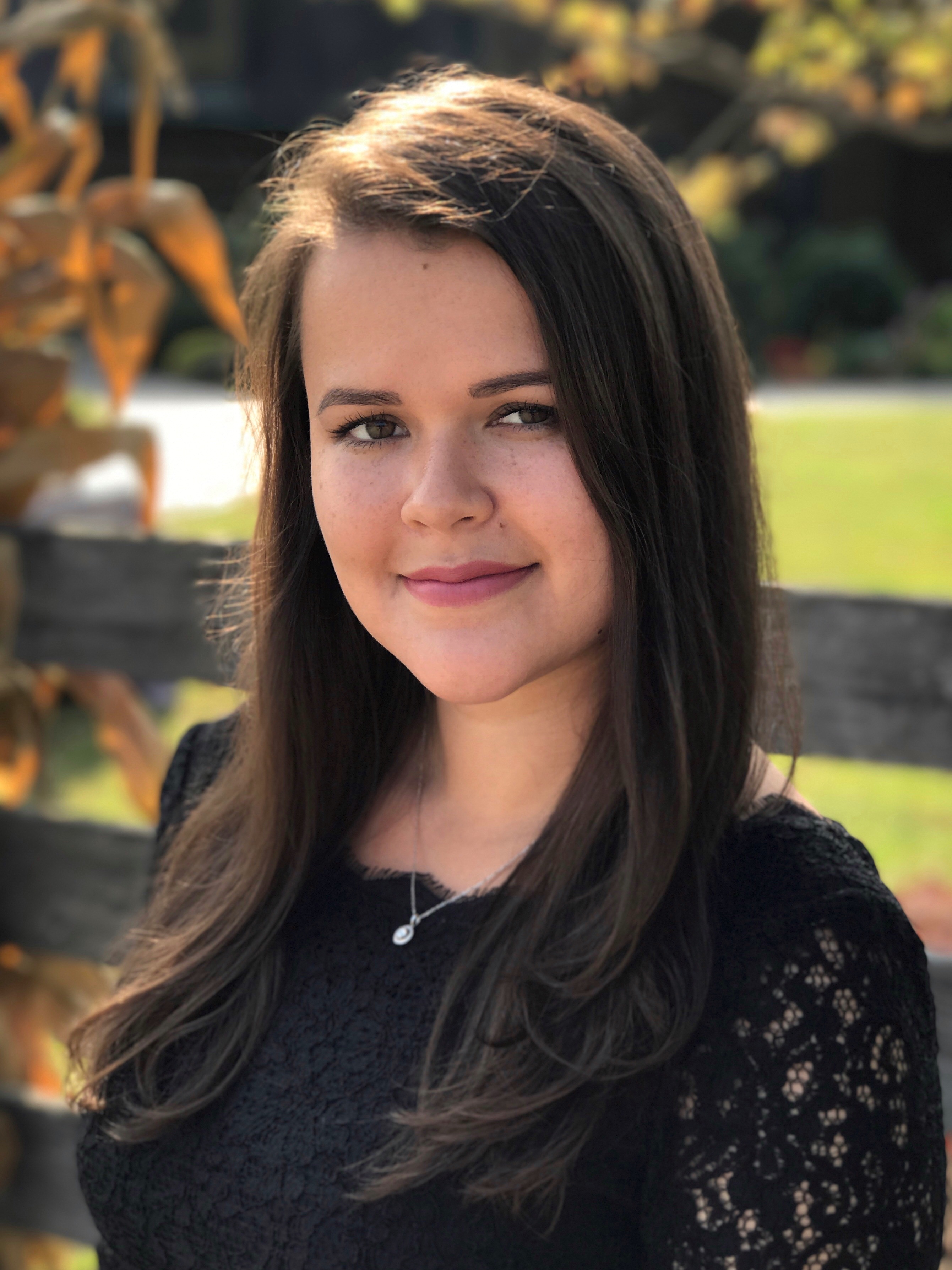
Stefanie Waldek
Space.com contributing writer Stefanie Waldek is a self-taught space nerd and aviation geek who is passionate about all things spaceflight and astronomy. With a background in travel and design journalism, as well as a Bachelor of Arts degree from New York University, she specializes in the budding space tourism industry and Earth-based astrotourism. In her free time, you can find her watching rocket launches or looking up at the stars, wondering what is out there. Learn more about her work at www.stefaniewaldek.com.
Latest articles by Stefanie Waldek

Asteroid hunters worry megaconstellations might interfere with planetary defense
By Stefanie Waldek published
A recent survey of planetary defense experts reveals concern about the growing number of artificial satellites in low Earth orbit.

Why we're always so entranced by the moon
By Stefanie Waldek last updated
For practically all of human existence, we've been fascinated by our closest celestial neighbor, incorporating it into myth, fantasy and scientific research.
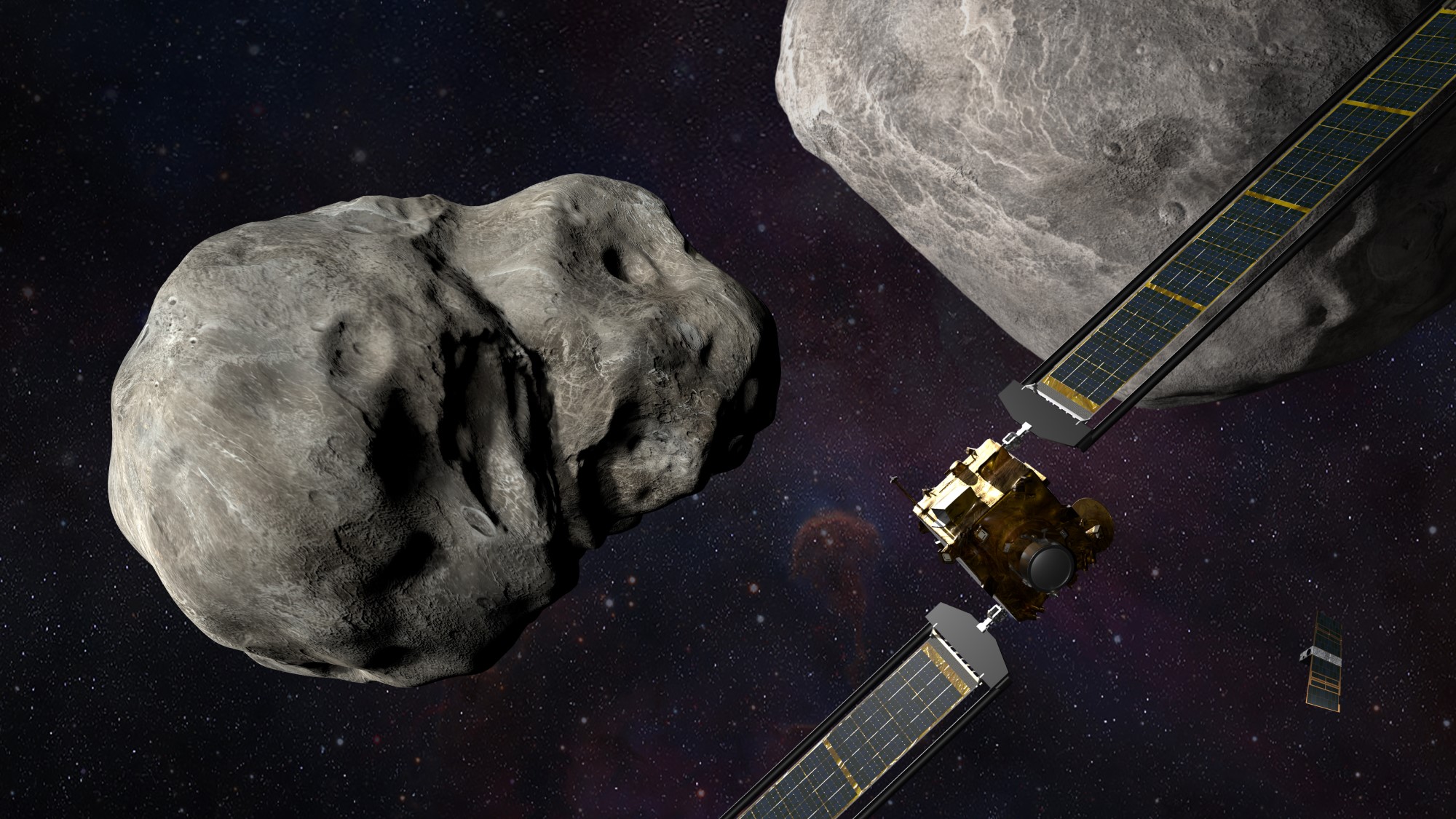
NASA's asteroid-deflecting test mission is just 1 month away from impact
By Stefanie Waldek published
A robotic spacecraft will crash into the asteroid Dimorphos in an attempt to alter its trajectory.
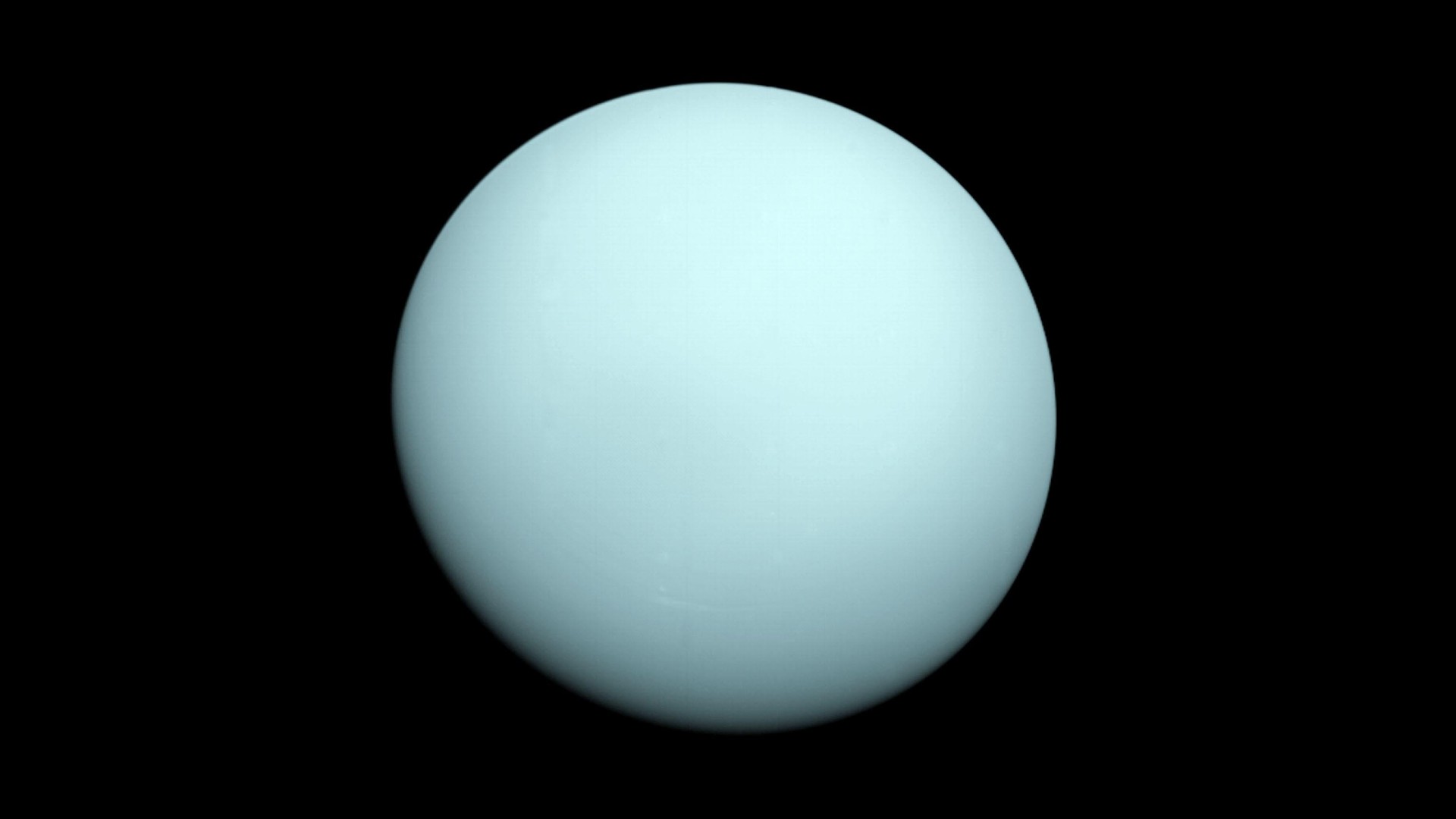
NASA really wants to probe Uranus and could start planning next year
By Stefanie Waldek published
Dr. Lori Glaze of NASA's Planetary Science Division offered updates about the potential mission at a virtual town hall.
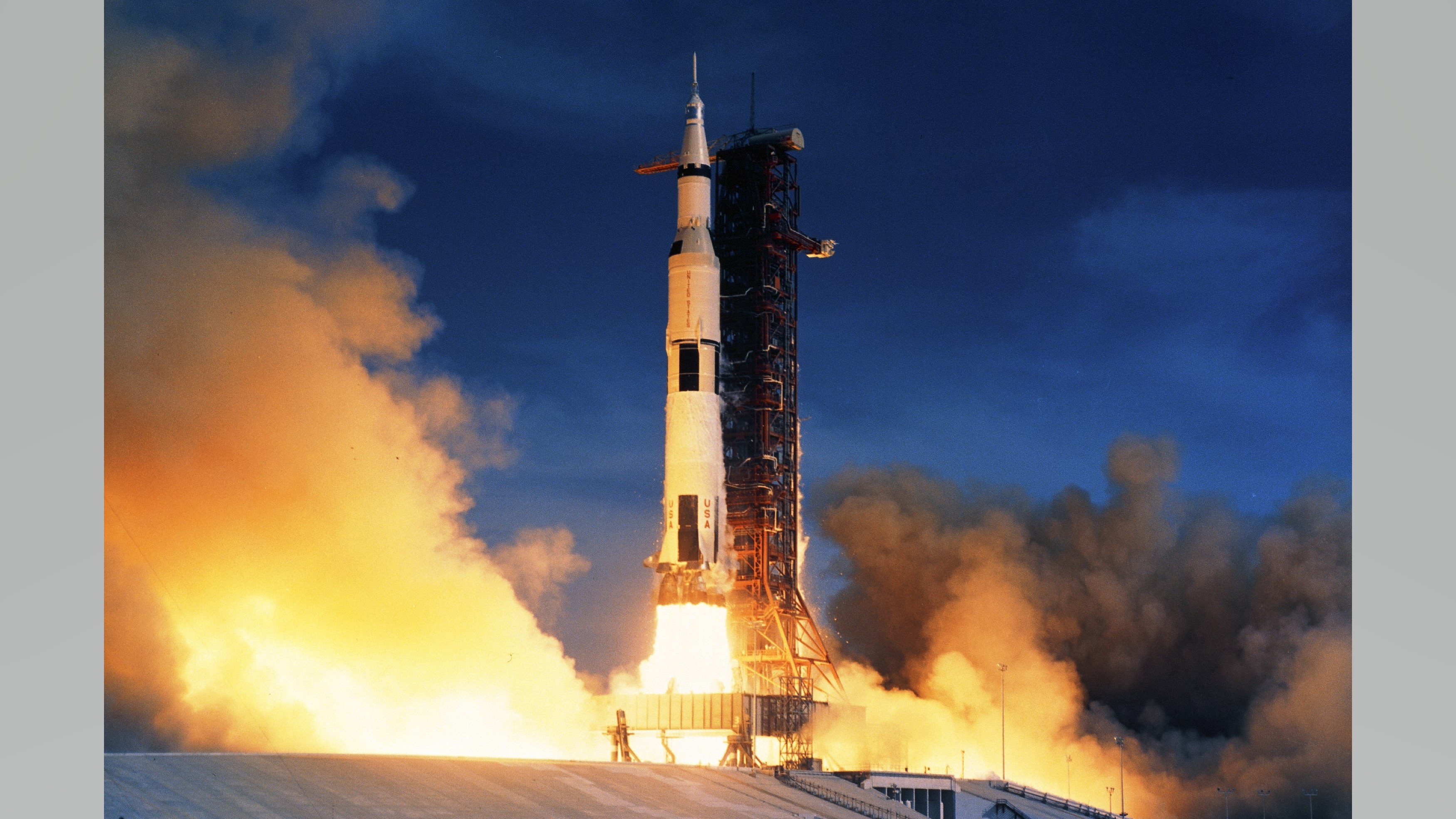
No, NASA's massive Saturn V rocket didn't melt concrete with sound or set fires a mile away
By Stefanie Waldek published
Researchers used computer models to estimate the rocket's acoustic levels, determining they were not high enough to cause such damage.
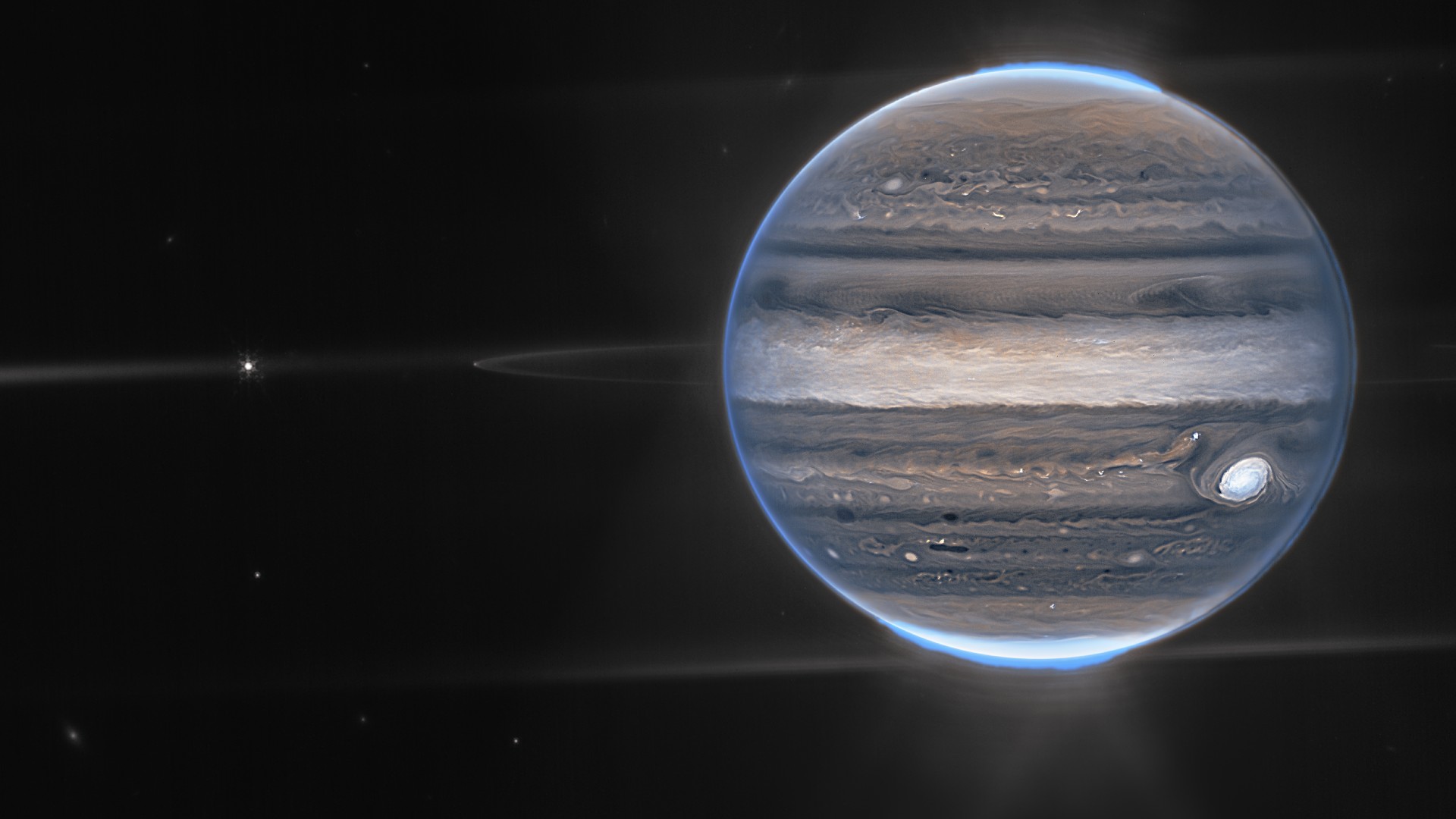
Jupiter's auroras look radiant in new James Webb Space Telescope images
By Stefanie Waldek published
Impressive infrared images of Jupiter's auroras were processed by citizen scientist Judy Schmidt.

Artemis 1 will carry a space weather cubesat to study solar wind
By Stefanie Waldek published
Scientists hope CuSP will pave the way for a network of weather stations in interplanetary space.

Photobombing exoplanets might thwart search for extraterrestrial life
By Stefanie Waldek published
Exoplanet images might be contaminated by the light from their neighbors, a new study suggests, but scientists are learning how to remove the effects of these photobombers.
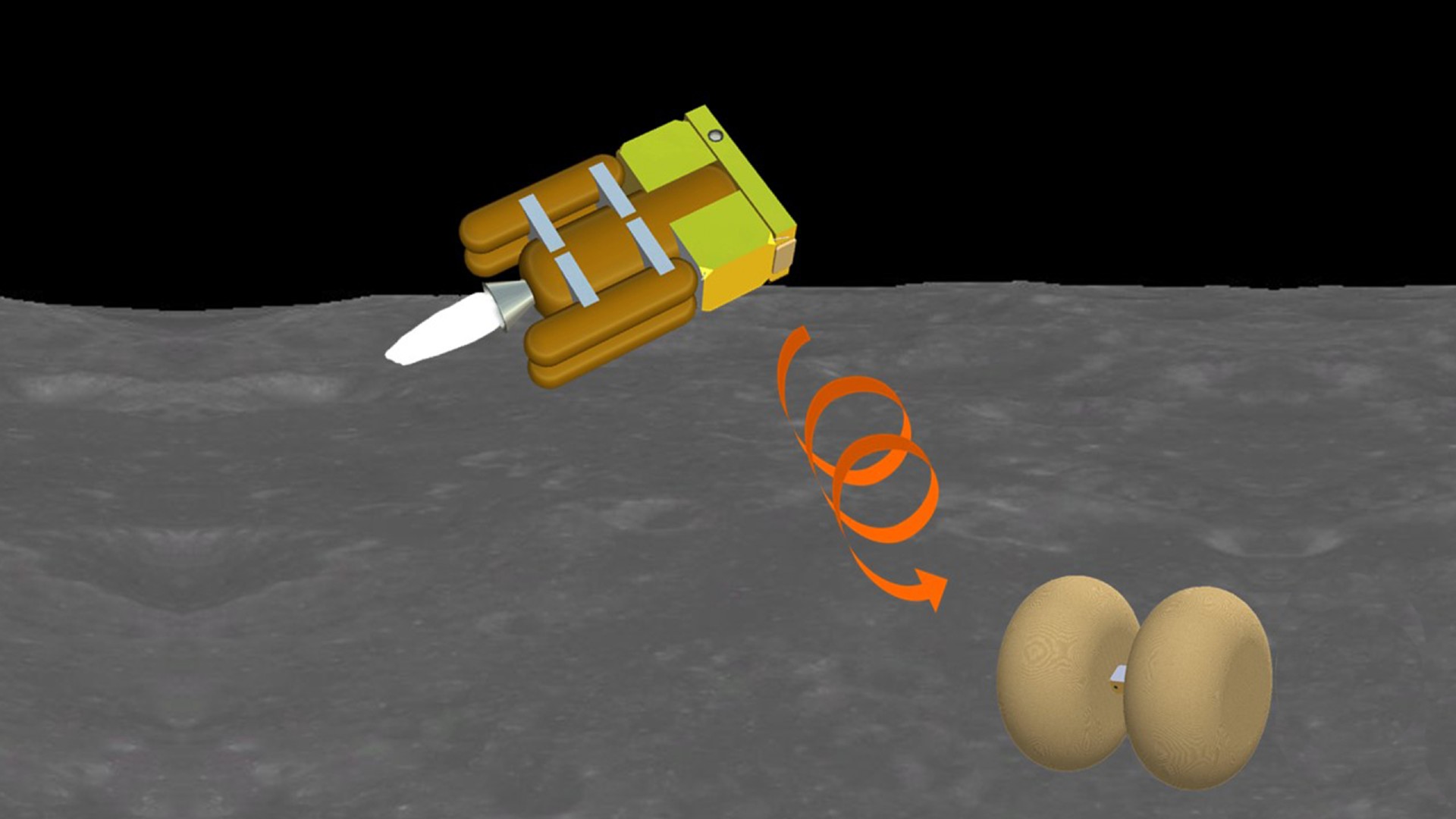
Artemis 1 will carry tiny Japanese lunar lander to the moon
By Stefanie Waldek published
The OMOTENASHI mission is the only secondary payload on Artemis 1 that will have a controlled landing on the surface of the moon.
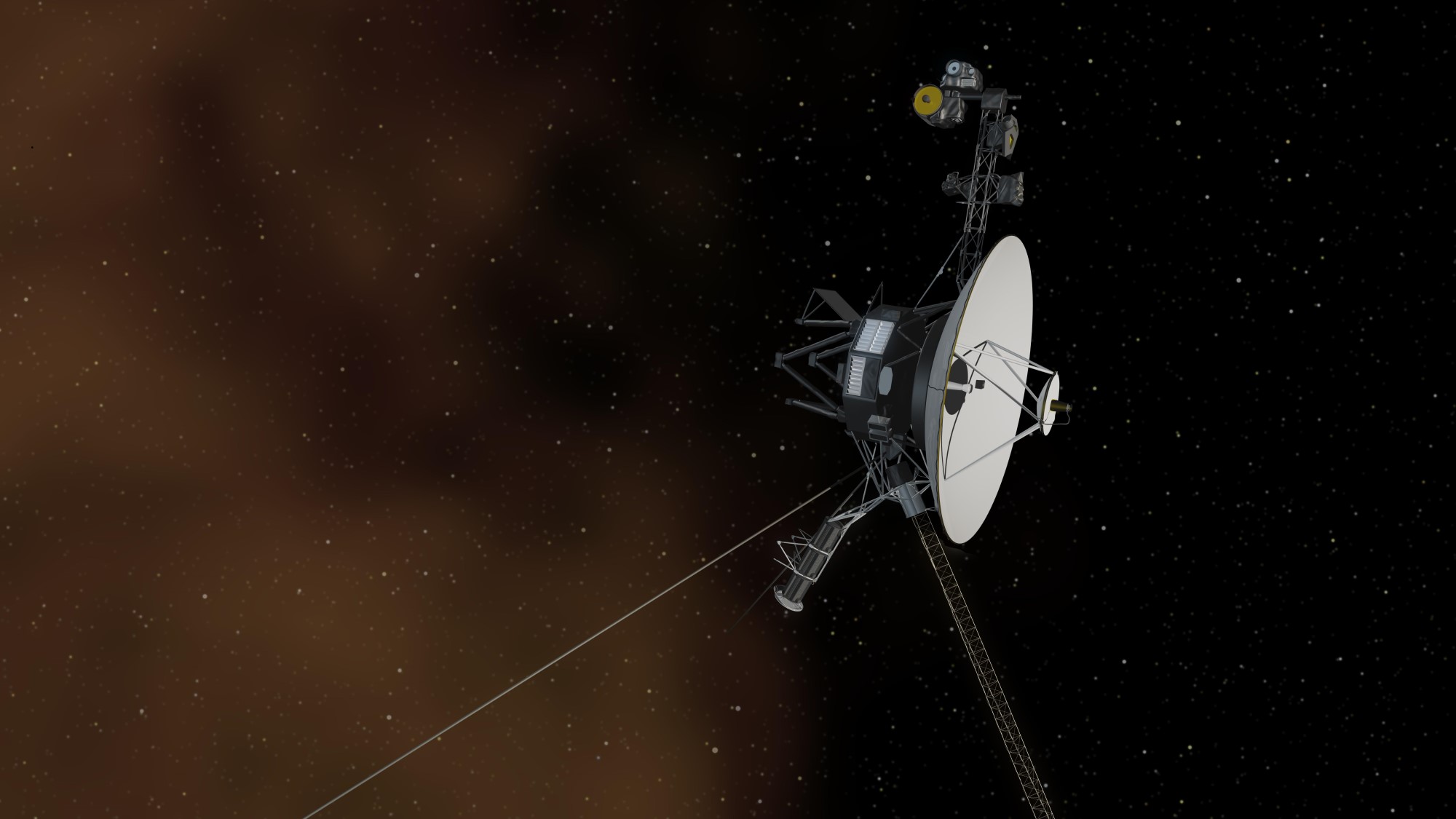
NASA's twin Voyager probes are nearly 45 — and facing some hard decisions
By Stefanie Waldek last updated
Voyager 1 and Voyager 2 continue their slow journeys deep into interstellar space.
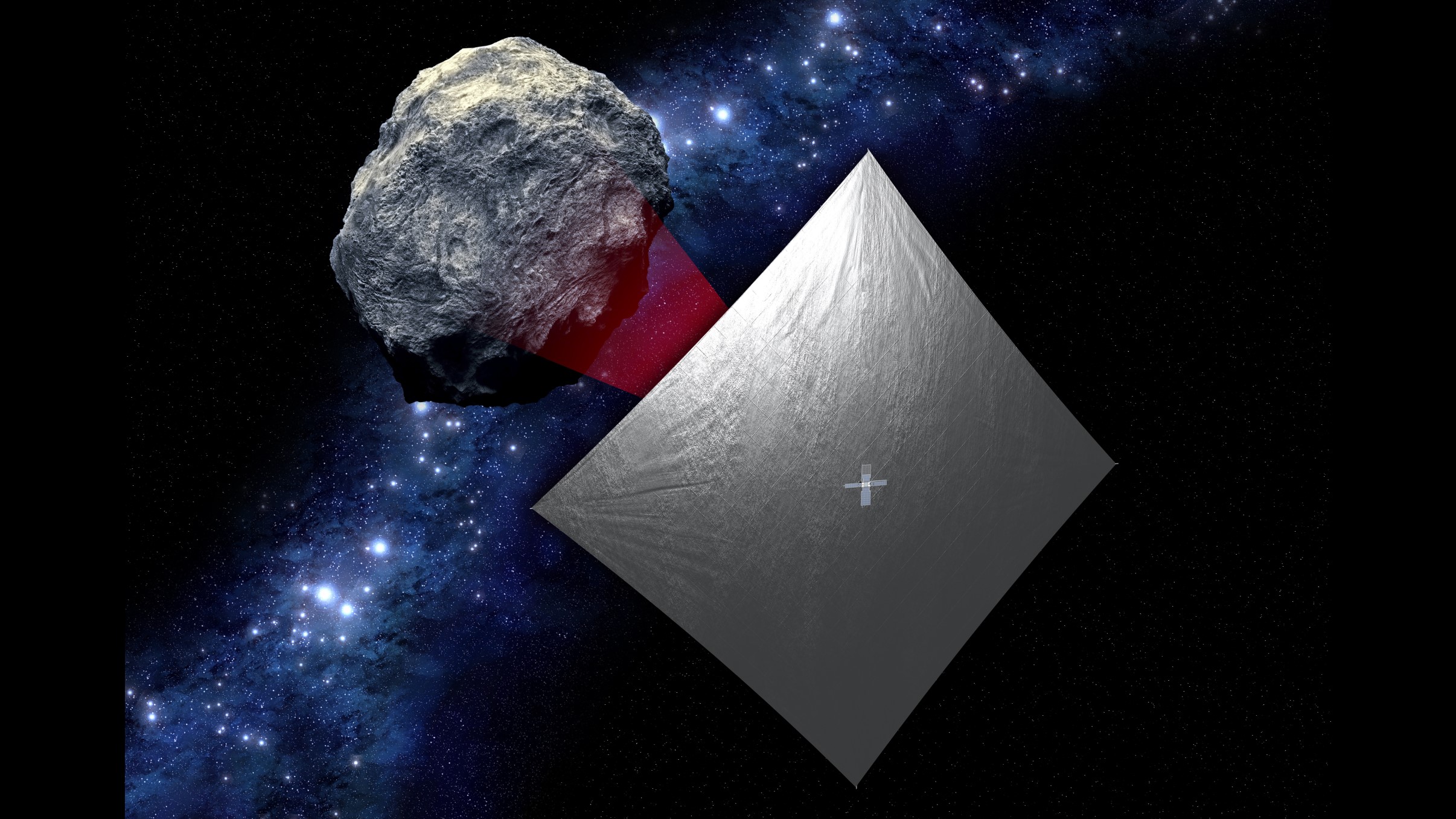
NASA's Artemis 1 mission will carry an asteroid-bound solar sail
By Stefanie Waldek published
NASA's coming megarocket launch isn't just going to the moon, it's going far beyond that — some of its secondary payloads far, far beyond.

NASA's Artemis 1 moon mission will carry the world's 1st deep-space biology experiment
By Stefanie Waldek published
Scientists will study the effects of radiation on yeast in preparation for long-duration crewed missions to deep space.
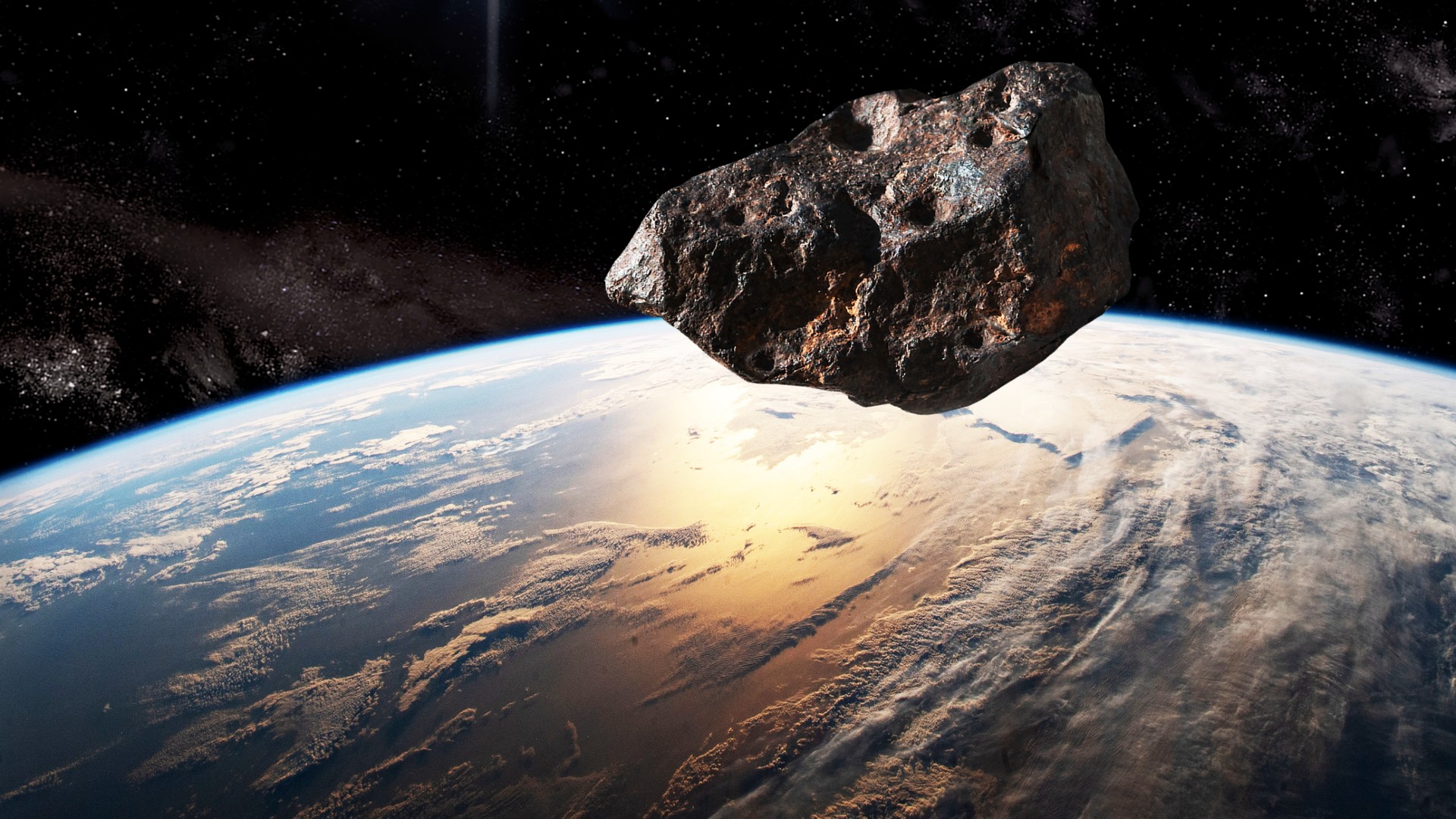
Meteorites that reach the Earth fall from asteroid butts
By Stefanie Waldek published
Scientists studied the trajectory and debris field of asteroid 2008 TC3 to determine which specific parts of the space rock made it down to the Earth's surface.
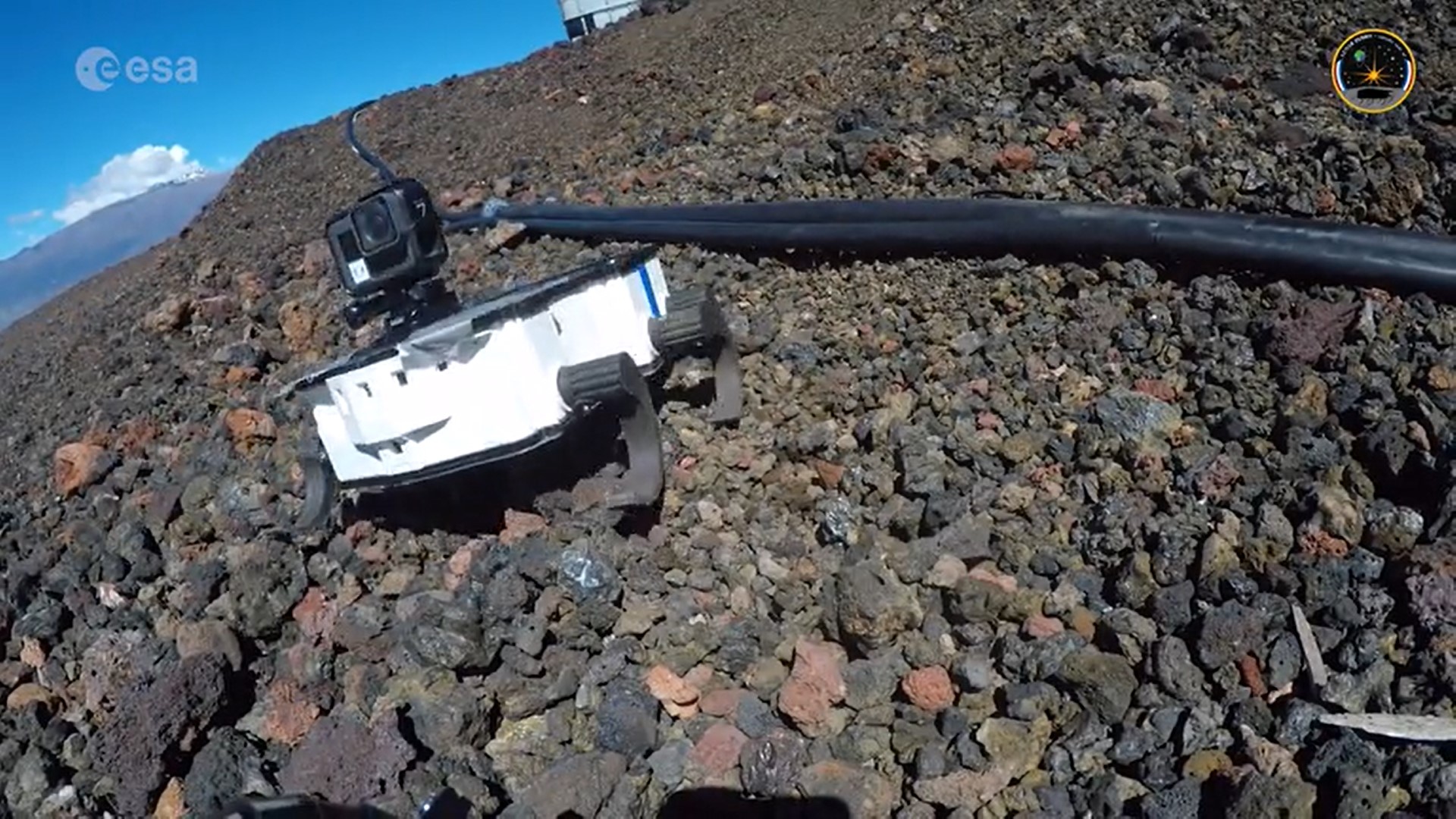
This tiny moon rover has a leg up on traditional spacecraft designs
By Stefanie Waldek published
Students at the Delft University of Technology (TU Delft) in the Netherlands are developing the world's smallest and lightest moon rover, called Lunar Zebro.
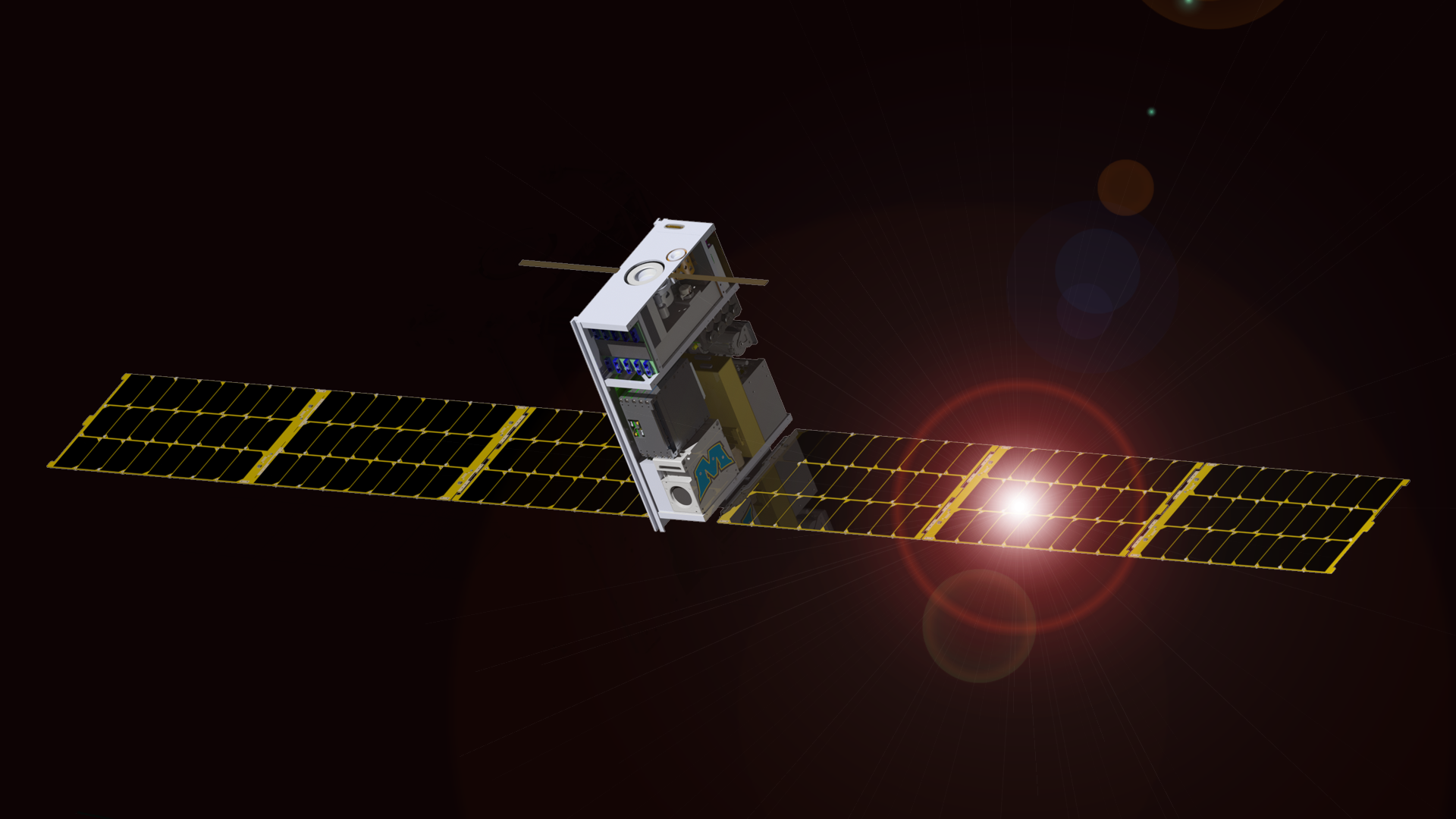
NASA's Artemis 1 moon mission will carry 2 water-seeking cubesats
By Stefanie Waldek published
The Lunar IceCube and Lunar Polar Hydrogen Mapper (LunaH-Map) missions will search the moon for water using two different techniques.

Watch a NASA moon rover complete a lunar obstacle course (video)
By Stefanie Waldek published
A prototype of the lunar rover demonstrated its capabilities in navigating the moon's challenging terrain.
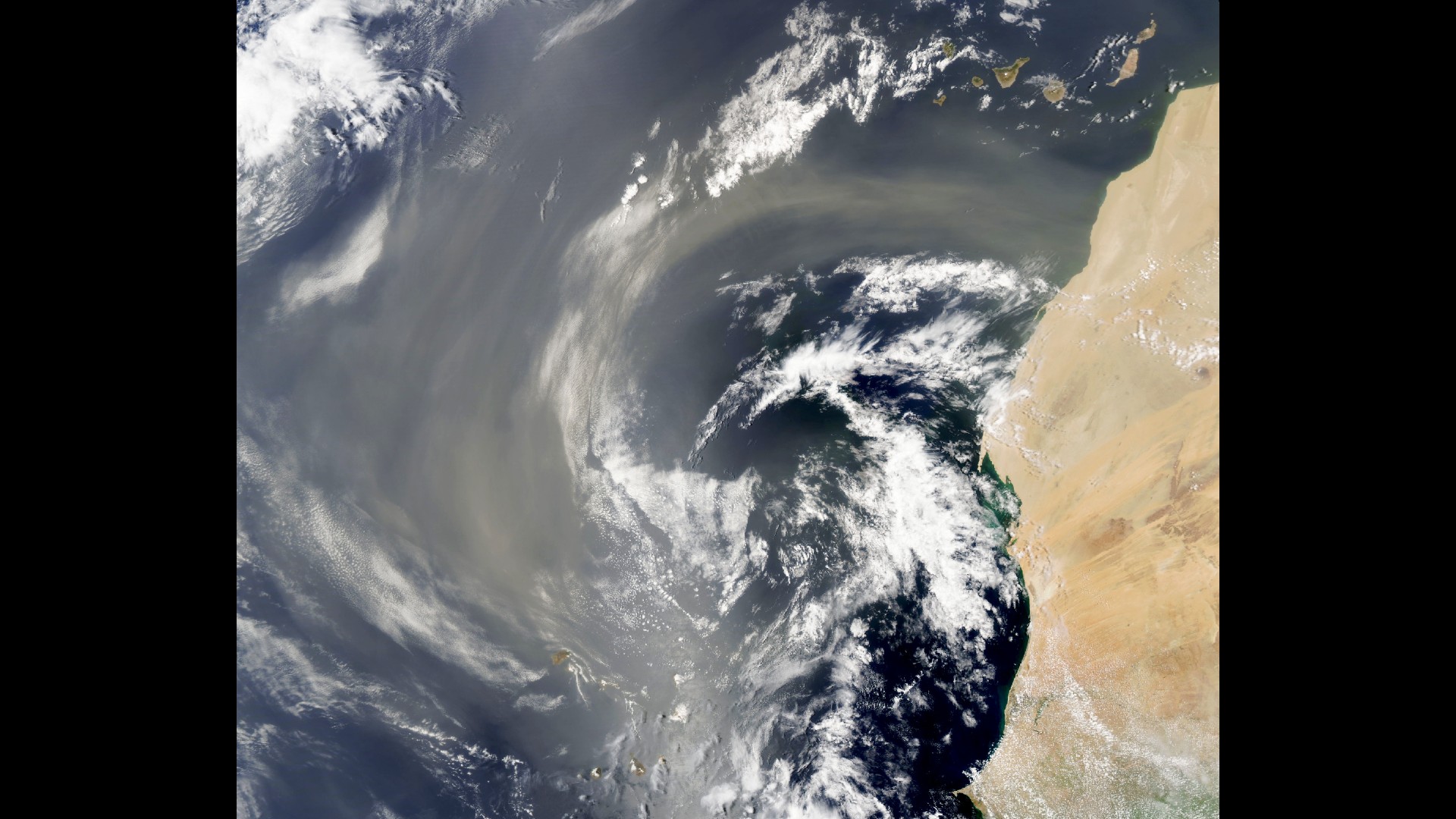
NASA satellite captures Sahara Desert dust plume over the Atlantic Ocean
By Stefanie Waldek published
NASA's Aqua satellite photographed plumes of dust being drawn from Africa's Sahara Desert and sent across the Atlantic towards the United States and the Caribbean.

Hubble Space Telescope captures photo of a dazzling star cluster
By Stefanie Waldek last updated
The Hubble Space Telescope has imaged globular cluster NGC 6638, located in the constellation Sagittarius.
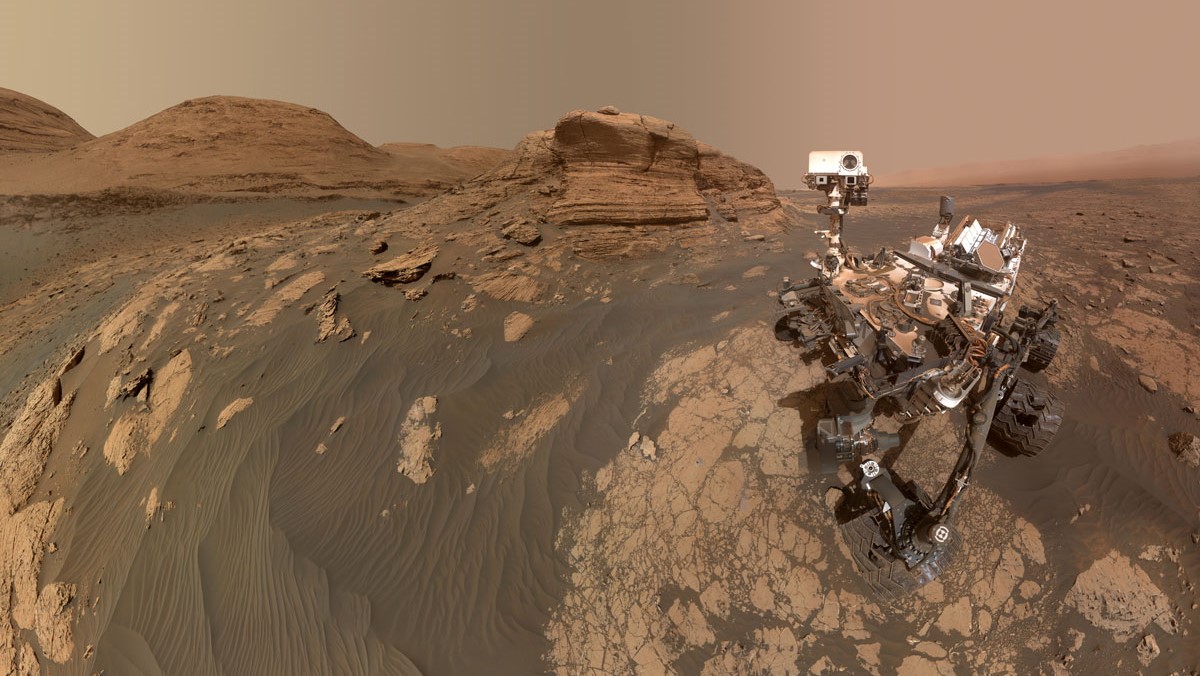
The Curiosity rover has been exploring Mars for 10 years. Here's what we've learned.
By Stefanie Waldek last updated
Curiosity landed on Mars on Aug. 5, 2012, with one main goal: to determine whether the planet was once habitable. In 10 years, it has answered that question and many others.
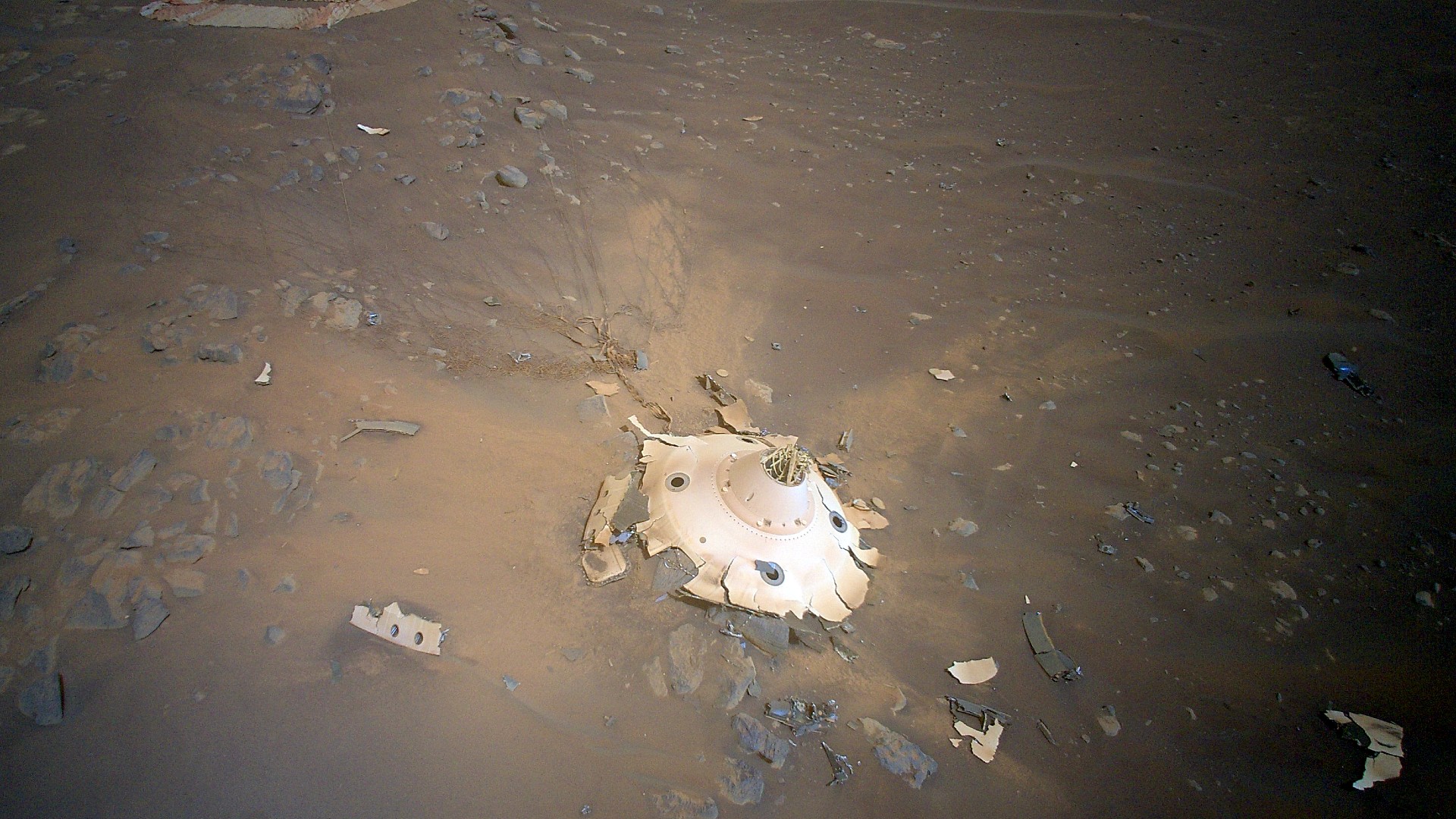
Perseverance Mars rover photographs its own landing debris
By Stefanie Waldek published
As the Mars rover traverses the planet, it's come across pieces of its entry, landing, and descent hardware.
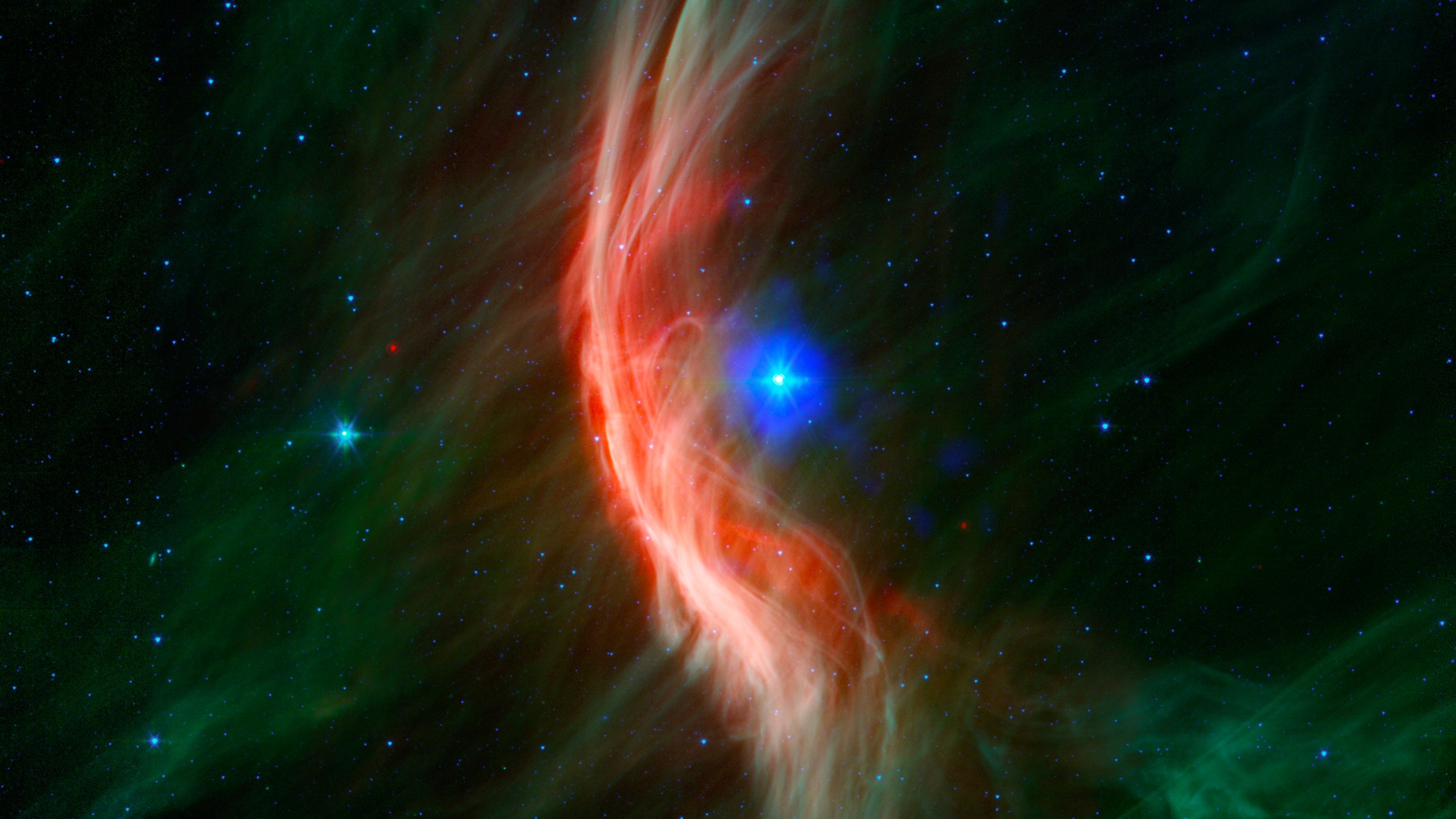
New clues emerge about runaway star Zeta Ophiuchi's violent past
By Stefanie Waldek published
The runaway star is dashing across the galaxy at more than 100,000 mph, thanks to a massive explosion that happened more than a million years ago.
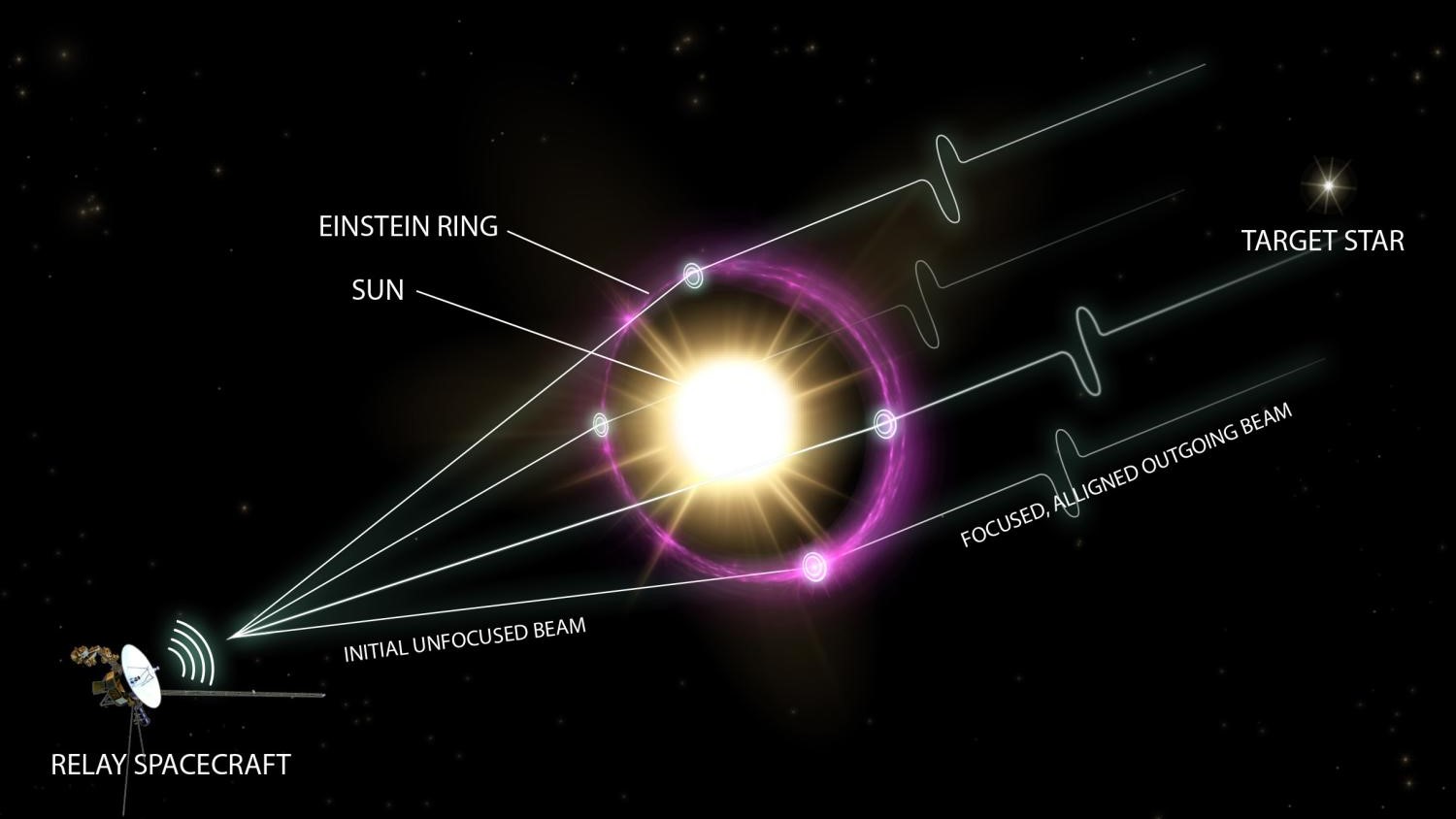
Could we eavesdrop on aliens by detecting signals relayed around the sun?
By Stefanie Waldek last updated
Researchers suggest we may be able to use gravitational lensing to amplify radio waves, allowing us to listen in on communication signals passing through our solar system.

This monster black hole is spinning much more slowly than others. Scientists want to know why.
By Stefanie Waldek published
Scientists have measured how fast a supermassive black hole is spinning, and the result might give us a clue about how the giant formed.
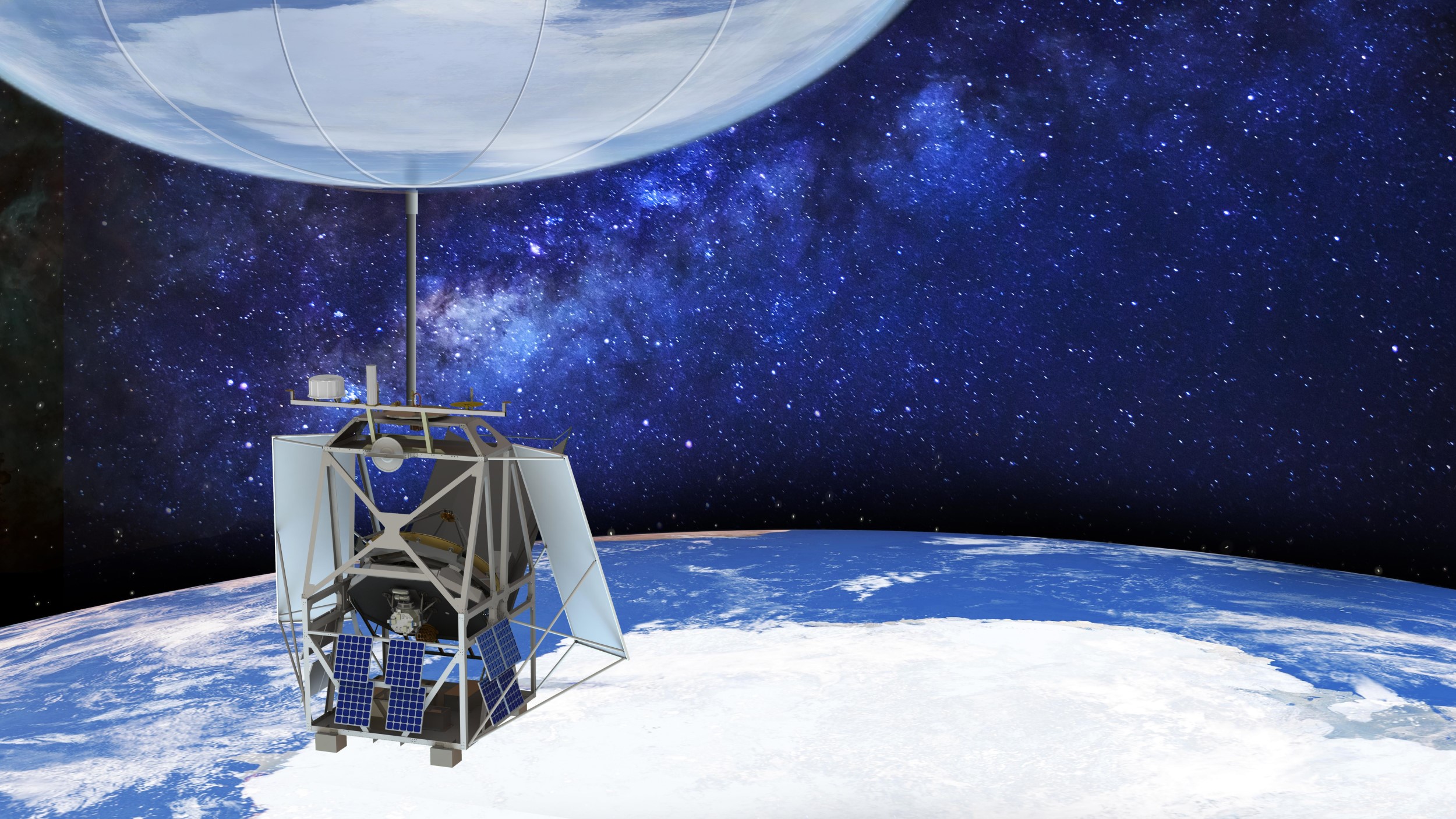
A NASA telescope aboard a high-altitude balloon will float over the South Pole to study a 'star-killer'
By Stefanie Waldek published
The Astrophysics Stratospheric Telescope for High Spectral Resolution Observations at Submillimeter-wavelengths (ASTHROS) will study an unusual "star-killer" phenomenon.
Breaking space news, the latest updates on rocket launches, skywatching events and more!

